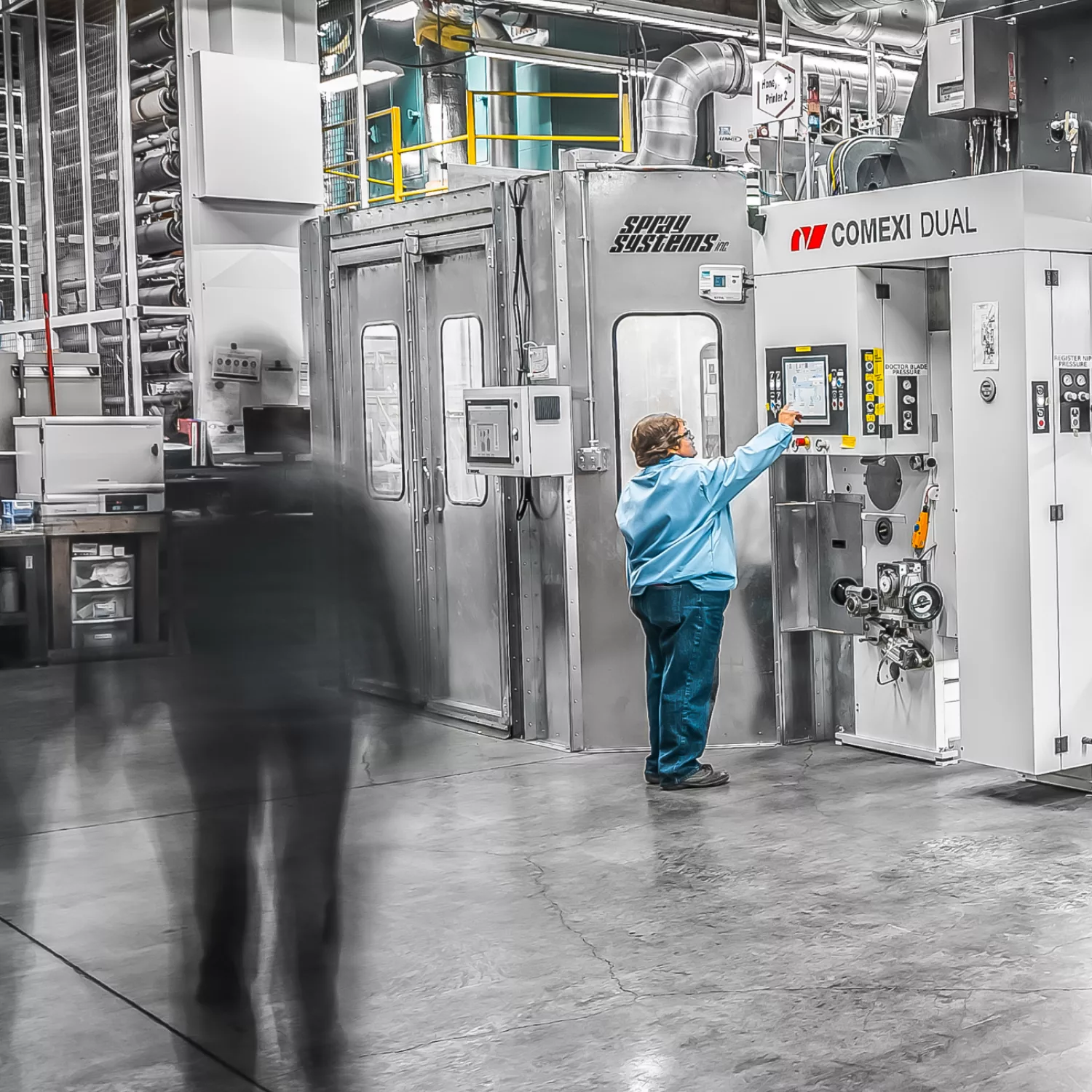Service-based businesses have limits. Often, those limits are based on the capacity, location and talents of a core group of employees.
If you’re targeting significant growth or acquisition, those limits could hurt you. For businesses trying to rapidly scale, they can represent critical faults.
Think of it this way: Would a plumber or a plumbing manufacturer have a higher valuation from a venture capital firm?
The answer’s obvious. While individual plumbers or plumbing business owners can do very well for themselves, their growth potential will always be limited by their service area and by the number of skilled workers whom they can attract and employ.
In contrast, a single factory in one location could theoretically produce enough faucets to meet the needs of an entire country or even the planet.
The upside for growth is often significantly larger for product-based businesses, and therefore their value in acquisitions is much higher.
Which leads many businesses down the same path: How do you turn your services into products?
Example #1: Productizing HVAC Optimization Services
– Scot Duncan, CEO of Conservant Systems
The first project we worked on with Scot Duncan (now CEO of Conservant Systems) was for a company named Enerliance. Scot and his team of HVAC engineers had developed some really neat technology that helped large buildings optimize their heating and cooling systems to save energy.
It was a great technology, and building owners and managers were thrilled about it, but Scot and his team knew that there was tremendous potential for the global deployment of his technology that they could never meet as a service provider.
So, Enerliance went to work behind the scenes turning their service into a product, and asked us to help with their external marketing.
We worked with the Enerliance team to develop a go-to-market plan that involved packaging their service into a product named LOBOS, and turning it into a package that could be sold and deployed by a network of service providers.
Now, Enerliance had turned their service — which they could only deploy at the rate of one to two installations per month — into a product that could be rapidly deployed by a network of thousands of qualified distributors.
Unsurprisingly, along the way, they caught the attention of several large players in the building management industry and were acquired by Yardi in 2014, which saw the clear potential of their now completely productized service.
Example #2: From Custom Space Robots to a Robotic Arm Platform
Motiv Space Systems is a group of talented robotic engineers based in Pasadena, which is not coincidentally the home of NASA’s JPL.
Within the industry, they’re well respected for their custom engineering services and their robotic controllers. They, for example, built and delivered the primary robotic arm on the Mars 2020 Rover that’s scheduled to launch this summer.
But, while highly customized projects like the Mars 2020 Rover are challenging and rewarding, they also take a significant amount of internal resources from the Motiv team, and come at a steep cost that ensures only well-funded governmental and scientific missions can afford space-capable robotic arms.
So, the Motiv team went to work solving both problems, applying many of the high-reliability techniques they deployed on projects like the Mars Rover to a much more affordable platform for ground-based robotic arms.
The result was an industry-changing product, the xLink, for which they brought in Echo-Factory to help them name and launch. By undercutting the existing market by as much as a factor of 10, the Motiv team has made space-based robotic arms accessible to a whole host of commercial and scientific applications, and built themselves a product that they can deploy on a much wider scale than their custom solutions.
3 Steps to Turning Your Own Services Into Products
Step 1: Identify Services That Could Become Products
Standardizing your services is the first step toward turning them into products. This starts by identifying parts of your business that you deliver repeatedly.
Most service-based businesses have at least one service that doesn’t change too much between executions — a profitable process that they follow over and over in more or less the same way.
Look through your service offerings and identify services that:
- are repeatable,
- could be made more efficient at scale and/or
- are profitable.
Step 2: Develop Your Products
Once you’ve identified services that could be products, the next step is to turn them into products.
The specifics are going to look very different from a consultant to a custom engineering firm, but the underlying principles are the same: Standardize, streamline, test, and refine.
- Document your processes that could become products.
- Eliminate as much variation as possible.
- Test your product by initially delivering it through a service model.
One of the hidden upsides to this model is that even in times when a service might not make it fully through the “productization” process, you’ll often find ways to improve your existing services and make them more efficient just by taking them through the process.
Step 3: Market Your Products
Here’s a secret: Sometimes the biggest difference between selling a service and selling a product is how you talk about it.
When you’re selling a service, you’re selling a process. When you’re selling a product, you’re selling results.
Most people would much rather buy results than a process.
Whether you’ve turned your service into a product and you’re ready to launch it, or you’re still working out the details of what that looks like, you should look at how you’re going to present that product to your customers.
- Name your product.
- Describe the end result of your product to your customers.
- Develop a clear message about why your product is the best option for your customers.
- Deploy your messaging across its ideal channels.
On the other hand…
While turning services into products is often part of the path to quickly scaling businesses or increasing their valuations, it’s certainly not the only path to a successful business.
We should know that because we’re a service-based business that offers very custom services. Does that put us out of the running for large infusions of venture capital or eight-figure acquisition deals? Probably. But it’s the right answer for us.
On the other hand, if you’re a service-based business targeting rapid growth or acquisition, and looking to turn your service into a product, productization is absolutely a service that we can provide to you.






